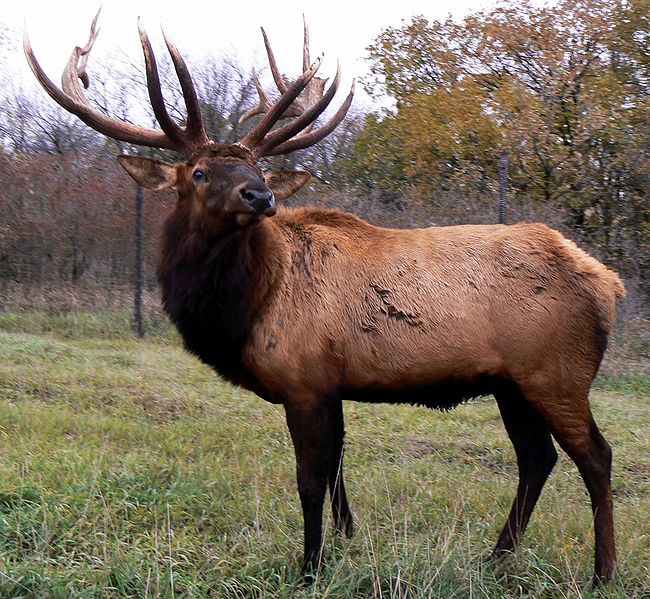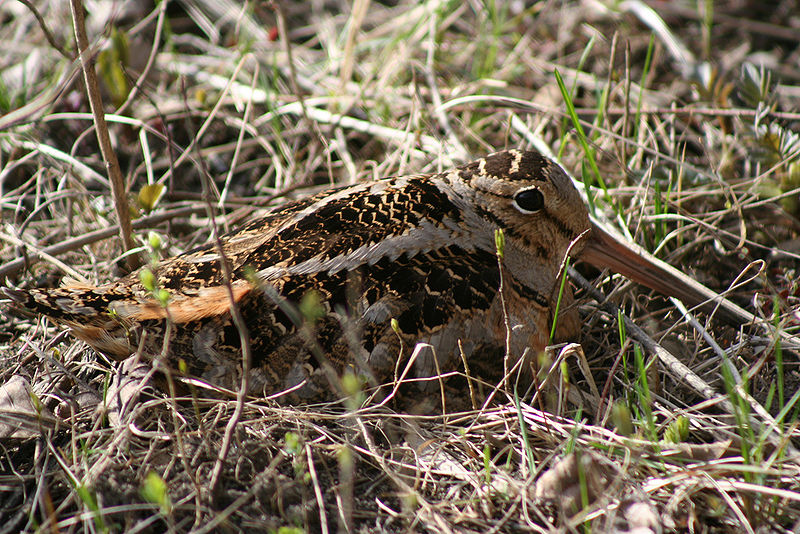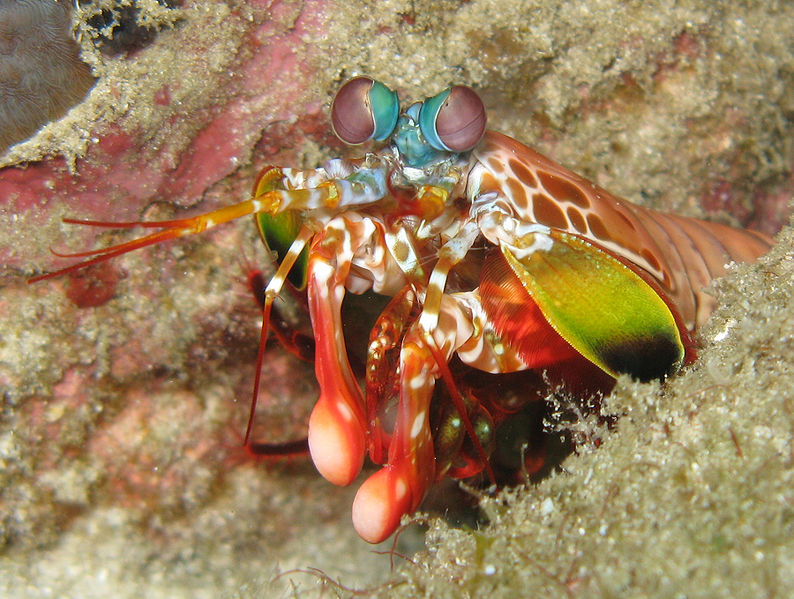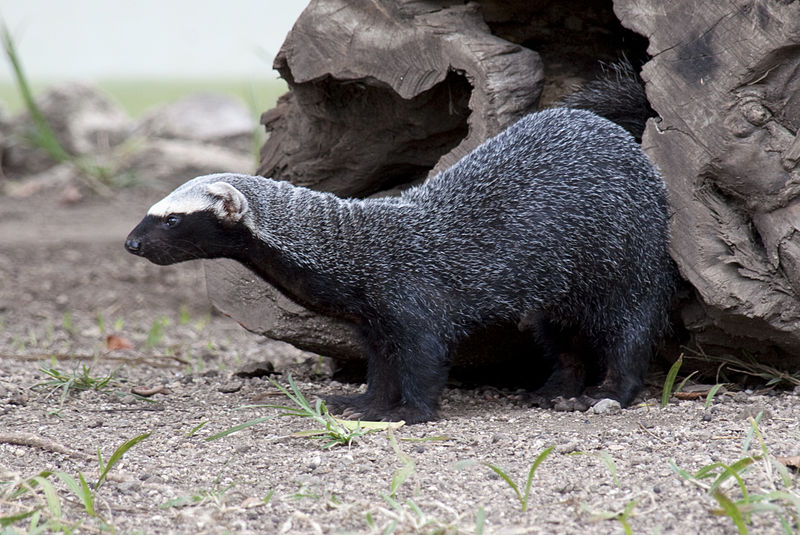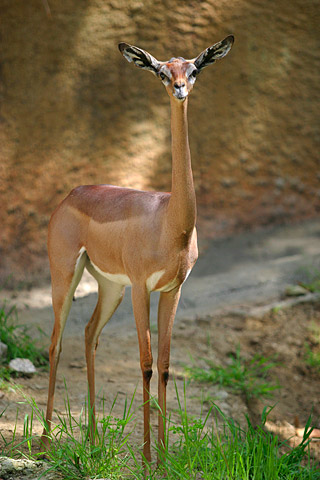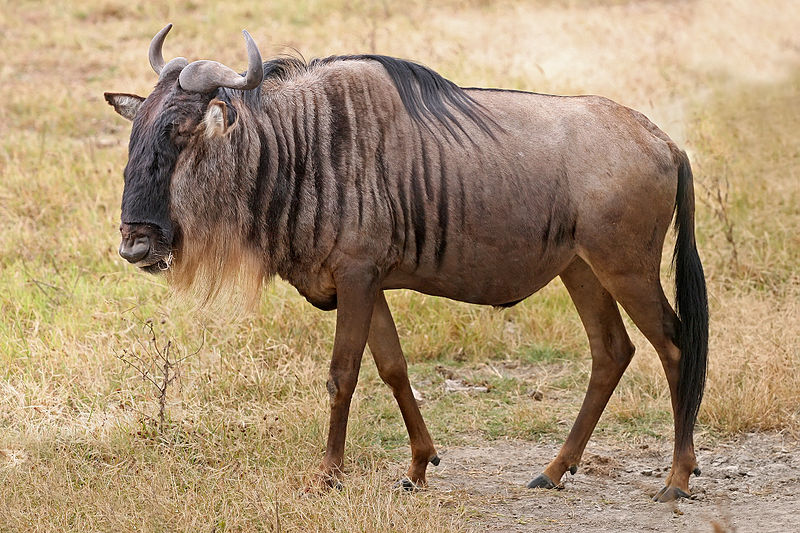
Cool Facts About The Blue Wildebeest
- The Blue Wildebeest is one of two species of wildebeest found on the African continent with the other being the black wildebeest.
- As its name suggests, this species of wildebeest has a blue sheen on its short hair, which can range in colour from a dark blue-grey to lighter greyish-browns. Young Blue Wildebeest, however, are more of a brownish colour and usually attain their adult colour by the time they are three months old.
- As with other antelope species, the Blue Wildebeest possesses large, outward-curving horns that can be nearly one meter wide. That’s right, they are a type of antelope!
Watch Out For Stampedes
Despite weighing over a quarter of a ton and living among such large herds, the Blue Wildebeest is actually a favoured meal for a number of Africa’s top predators. Lions, leopards, hyenas and even large crocodiles all prey on Blue Wildebeest, generally picking on the young or those that are lagging behind the herd.
As individuals, the Blue Wildebeest can be quite vulnerable to predatory attacks but these animals have learned about the importance of safety in numbers, which may account for why the Blue Wildebeest is one of Africa’s more numerous antelope species. Not only do large numbers naturally intimidate hungry carnivores, but they also enable the Blue Wildebeest to form coordinated and dangerous stampedes. These stampedes are the quickest way for Blue Wildebeest to get to safety when they feel threatened, and with the ability to achieve speeds of up to 50mph for short periods of time, they can prove fatal to any animal in their way.
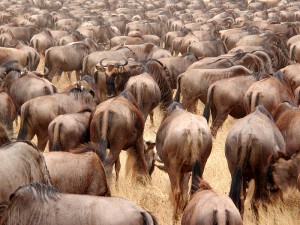
The Long Walk
Despite their large size and aggressive behaviour, the Blue Wildebeest is an herbivorous animal and spends the majority of its time grazing on the grasses and shoots on the African plains. Known for the long migrations that they make every year, the Blue Wildebeest follow the rains across the continent to ensure that they are always munching on only the tastiest and most nutritious grass. Blue Wildebeest graze together in large herds, which sometimes contain hundreds of individuals, and they have been known to trek up to 30km a day, searching for the sweetest shoot. That is a long way to walk just for some tasty grass.

